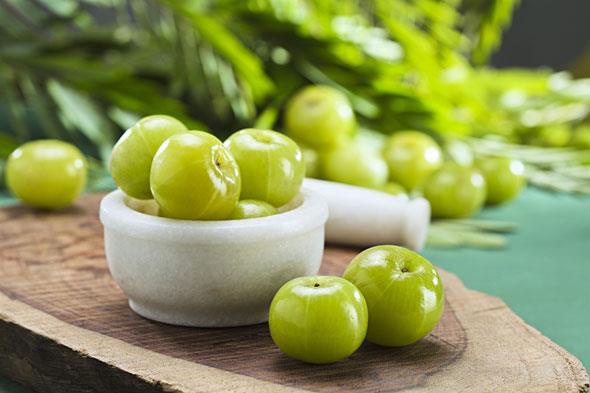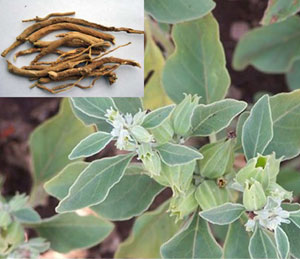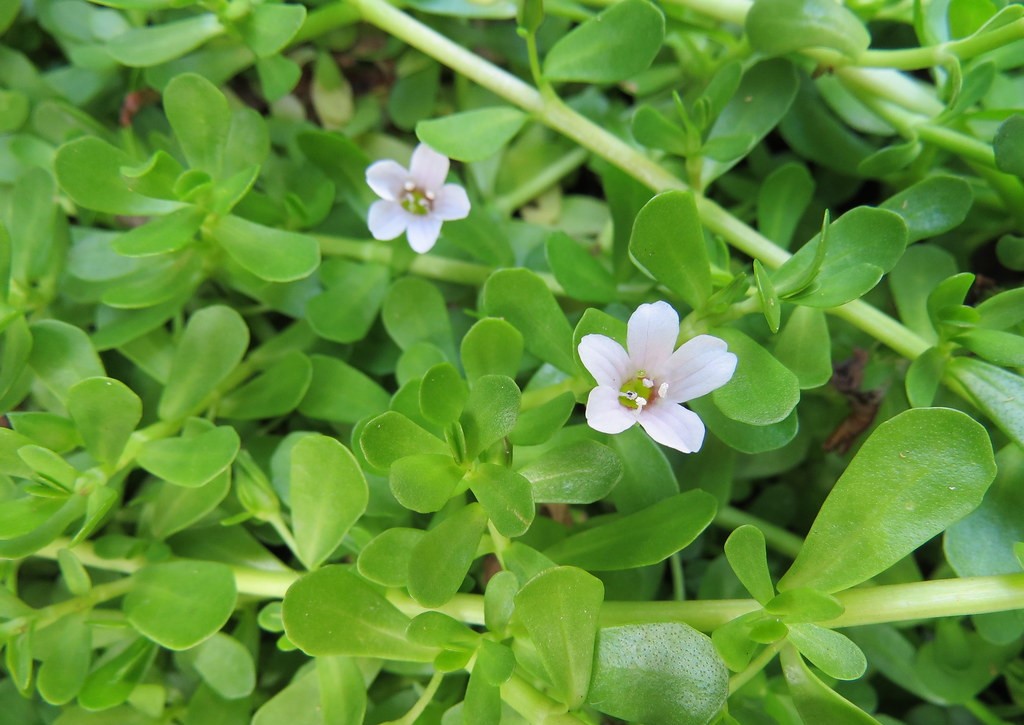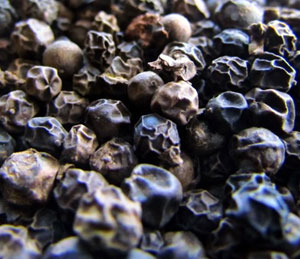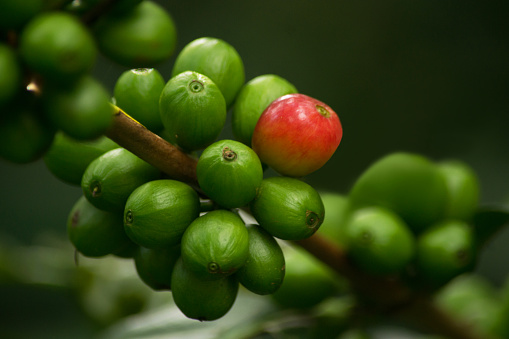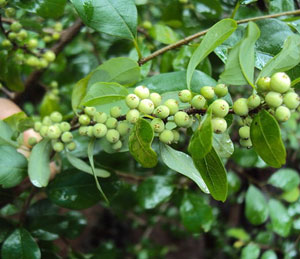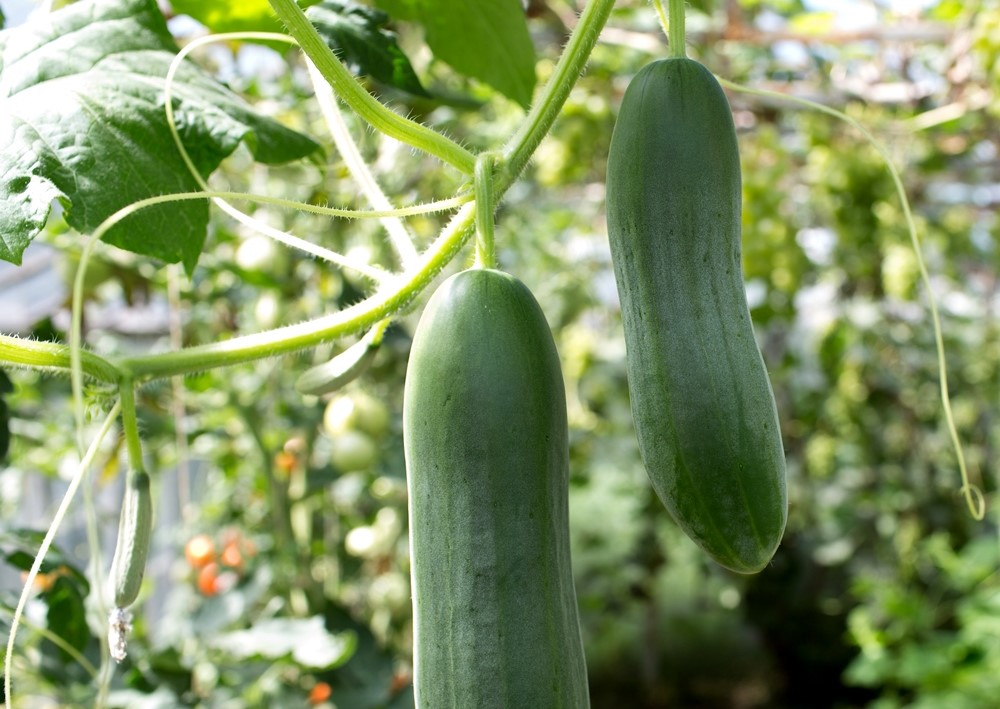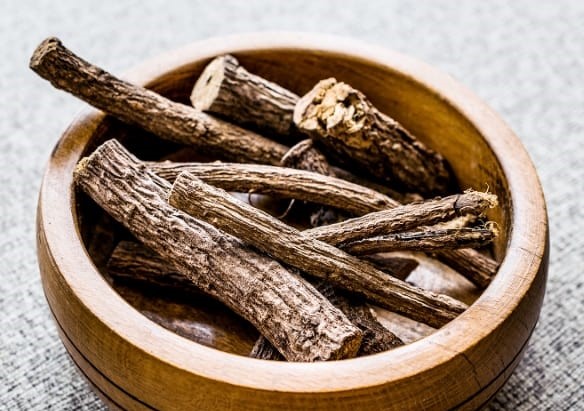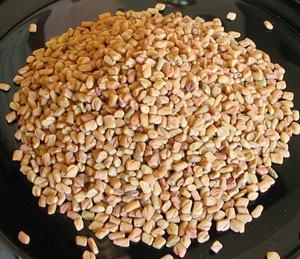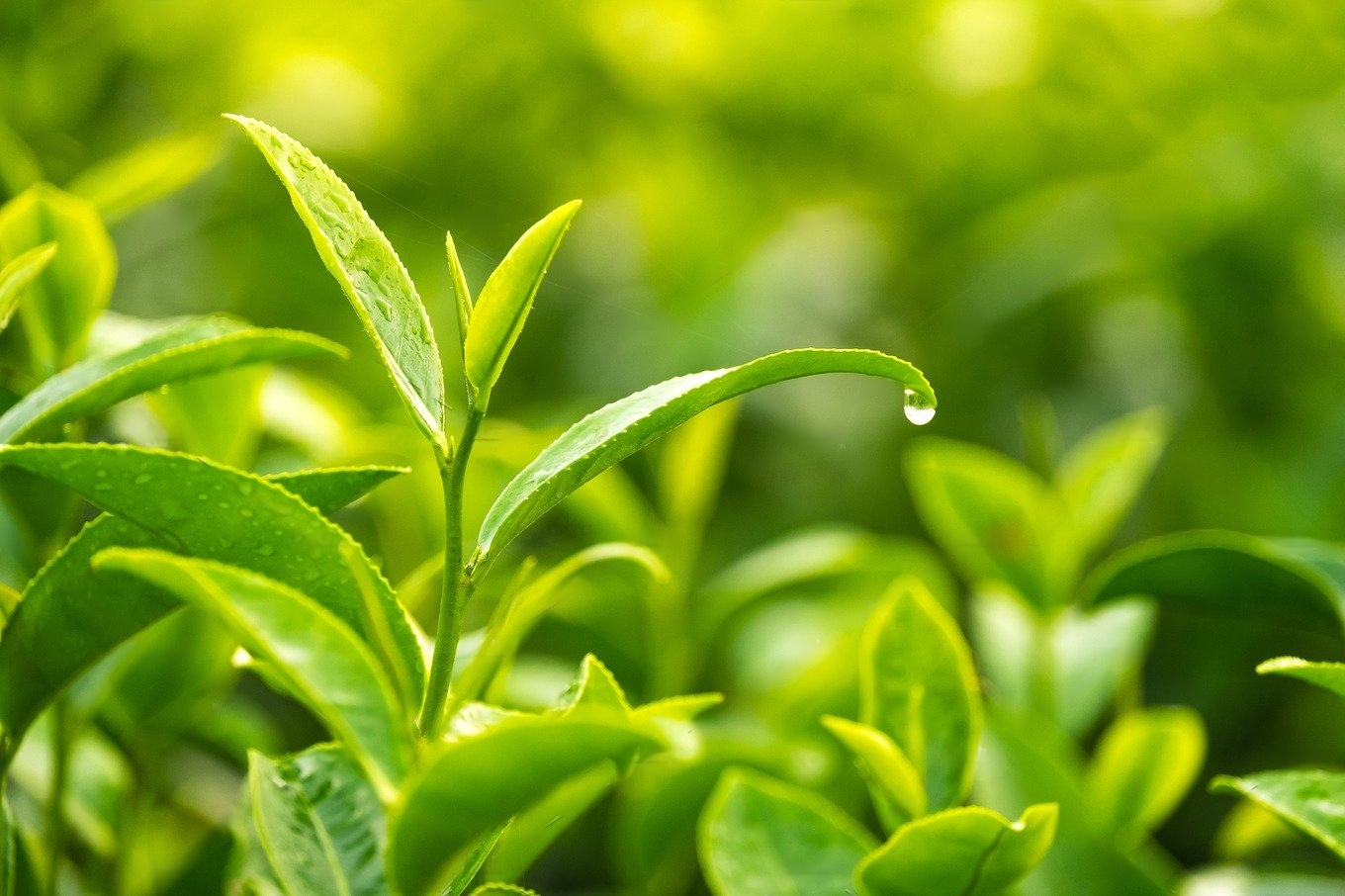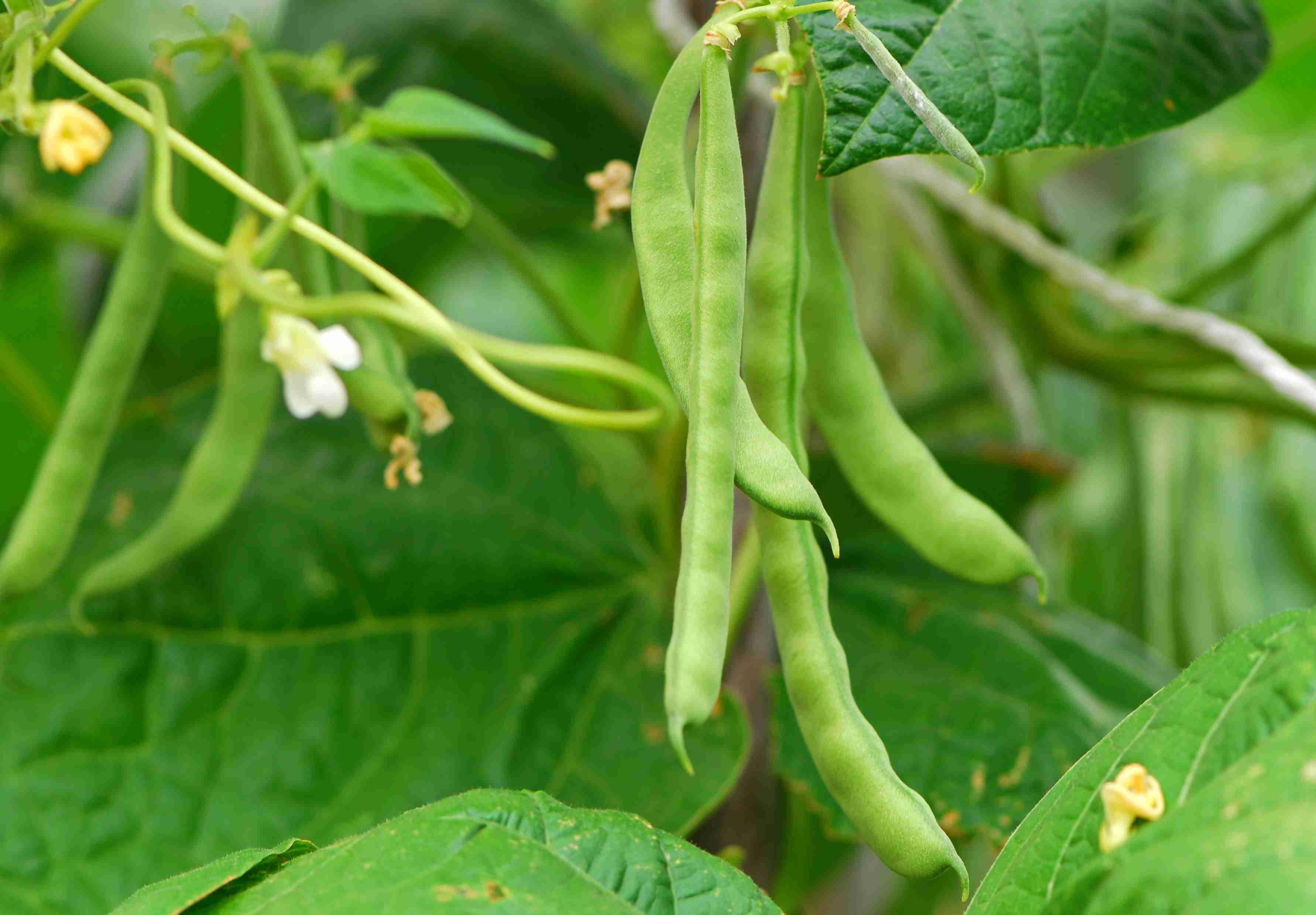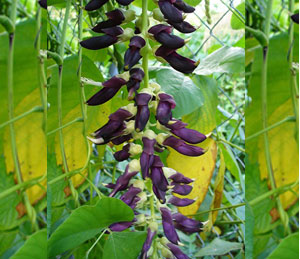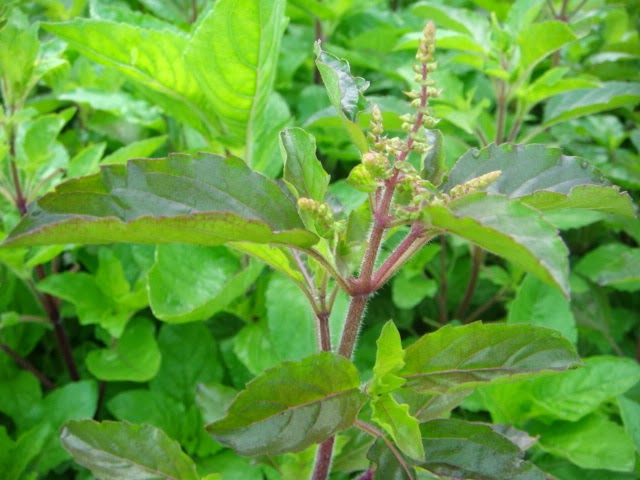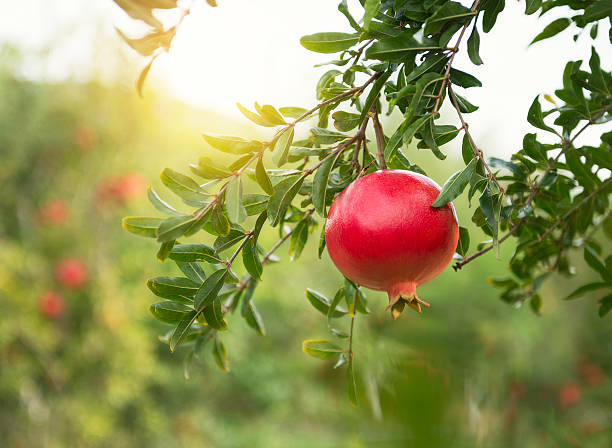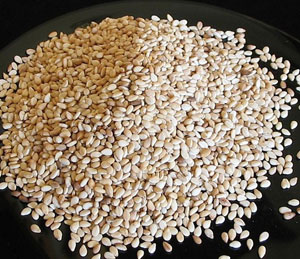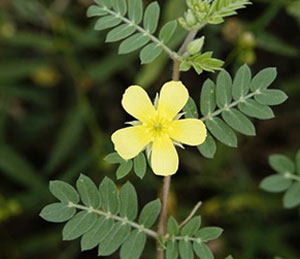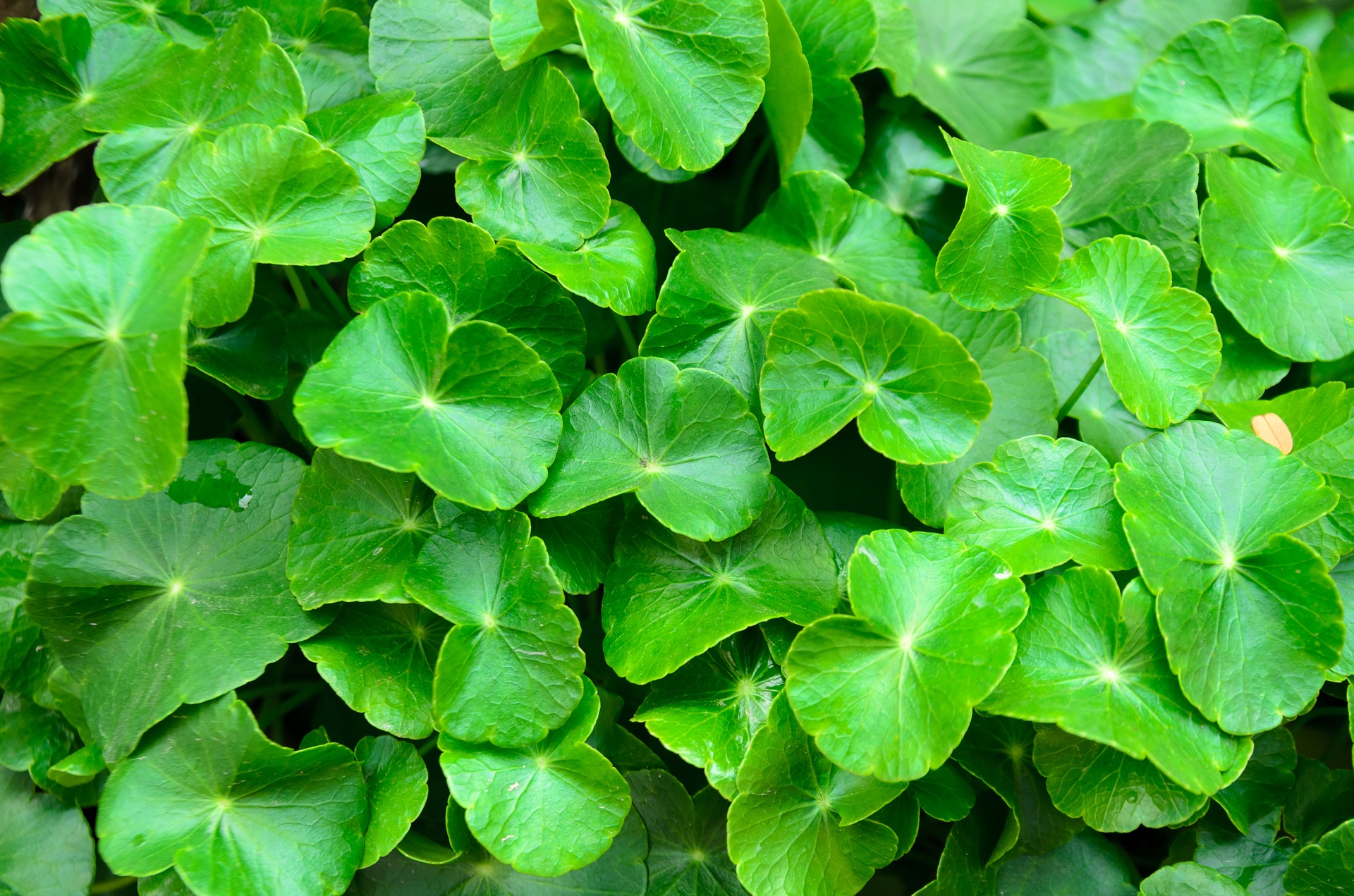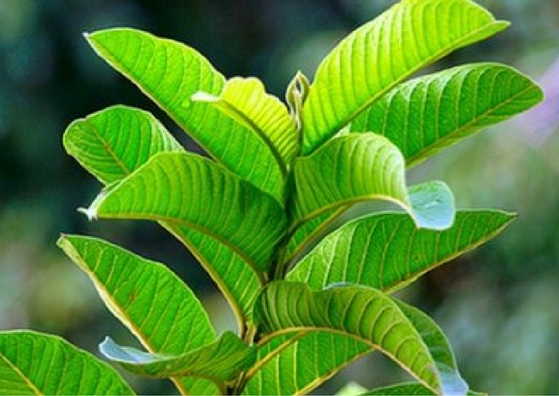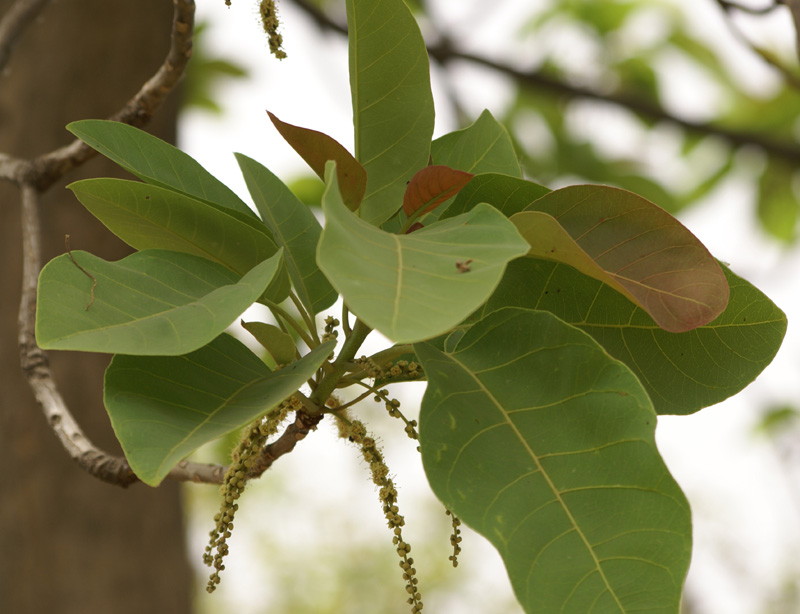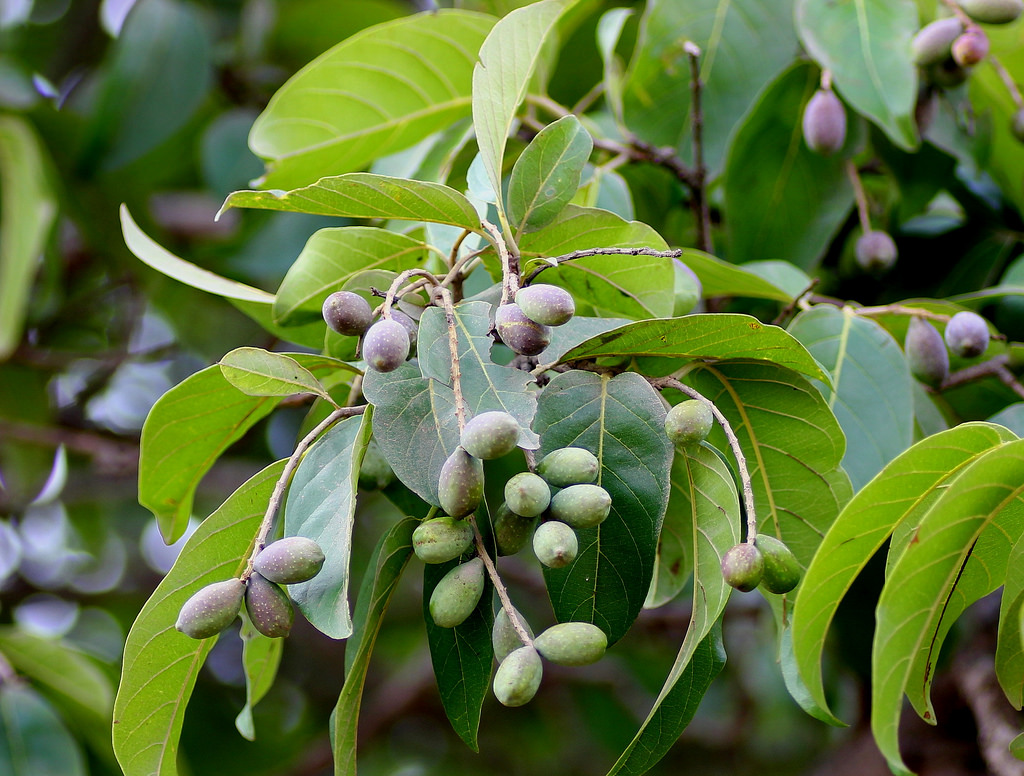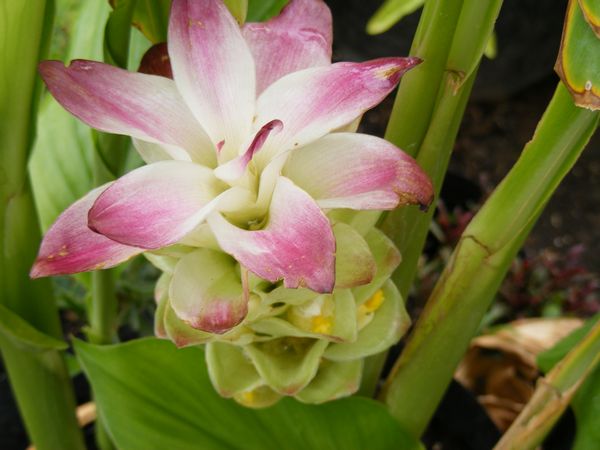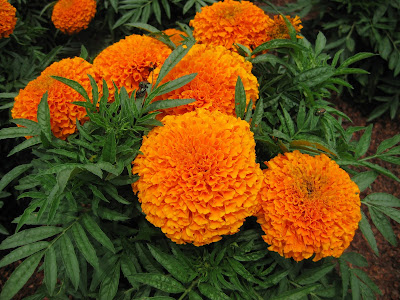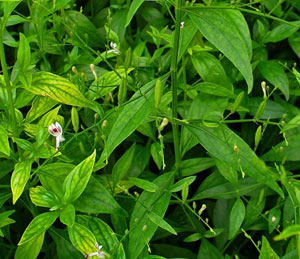
Andrographis Extract
Andrographis paniculata or Kalmegh is one of the most widely used plants in ayurvedic formulations. Andrographis paniculata is the main source of the bitter principle Andrographolide and called “King of bitters” due to extremely bitter and characteristic taste. The bitter principle Andrographolide was isolated in pure form by Gorter. Whole plant of Andrographis paniculata has a wide range of pharmacological activity.
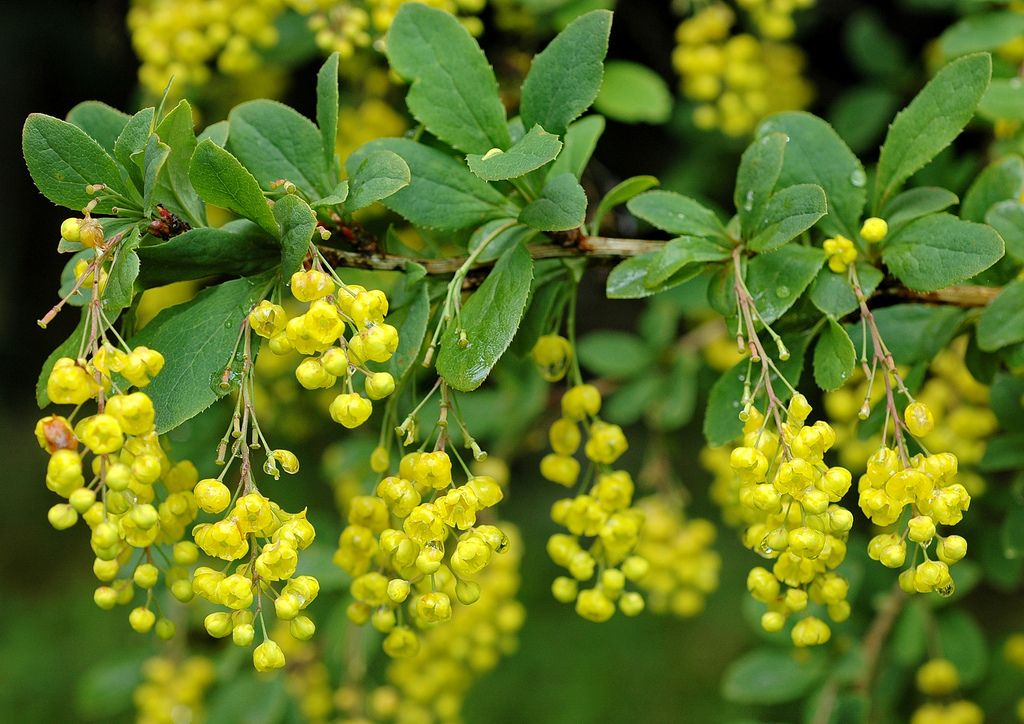
Berberis aristata Extract
Berberis aristata, also known as Indian barberry, “chutro” or tree turmeric, is a shrub belonging to the family Berberidaceae and the genus Berberis. In India, B. aristata is used in traditional herbal medicine. Its stem, roots, and fruits are used in Ayurveda. The root bark contains the bitter alkaloid berberine, which has been studied for its potential pharmacological properties.
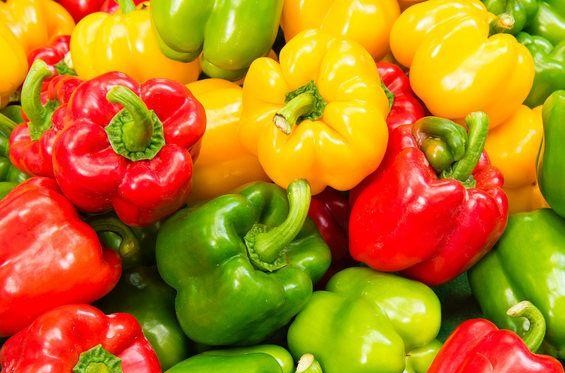
Capsicum annum Extract
Capsicum the pepper is a genus of flowering plants in the nightshade family Solanaceae. Its species are native to the Americas, where they have been cultivated for thousands of years. Following the Columbian Exchange, it has become cultivated worldwide and it has also become a key element in many cuisines. Capsicum species have also been used as medicines and lachrymatory agents.
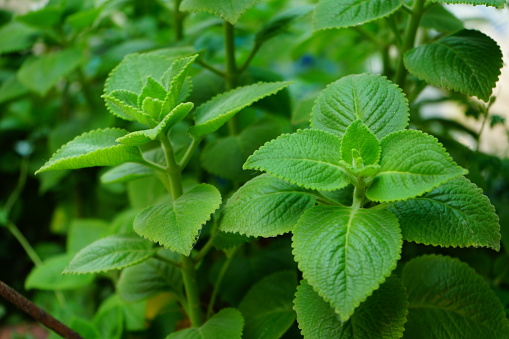
Coleus forskholi Extract
Plectranthus barbatus, also known by the synonym, Coleus forskohlii and vernacular names forskohlii and Indian coleus, is a tropical perennial plant related to the typical coleus species. It produces forskolin, useful for pharmaceutical preparations and research in cell biology. Forskolin is a chemical found in the roots of the plant Plectranthus barbatus (Coleus forskohlii). This plant has been used since ancient times to treat heart disorders such as high blood pressure and chest pain (angina), as well as respiratory disorders such as asthma.
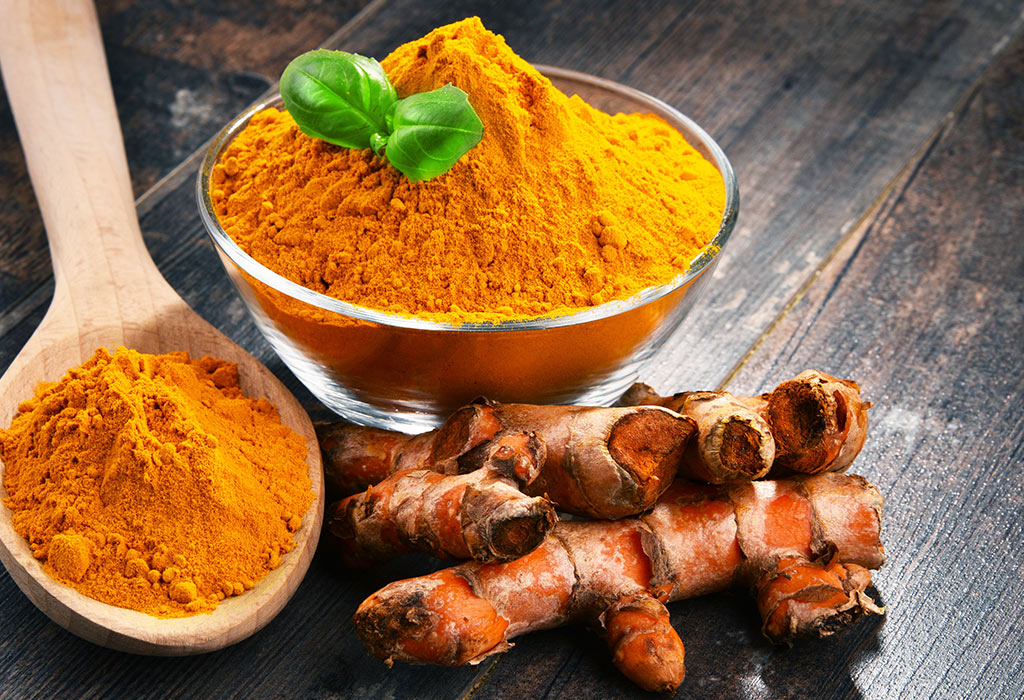
Turmeric Extract
Turmeric is a flowering plant, Curcuma longa of the ginger family, Zingiberaceae, the roots of which are used in cooking. Curcuma longa is extremely versatile. It supports the liver, helps the immune system to function normally, has a beneficial effect on the cardiovascular system, supports the nervous system and works as an antioxidant.
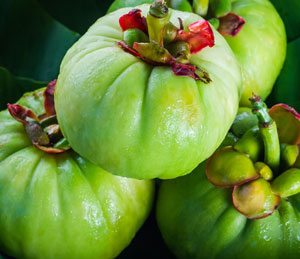
Garcinia combogia Extract
In Ayurveda, it is said that the sour flavors, such as those from Garcinia, activate digestion. Garcinia cambogia is used as a condiment in southeastern Asia cuisine Garcinia has also been considered to make foods more filling and satisfying, and has been used routinely for many centuries with no known toxicity. This herb has been used historically in India to support the treatment of various health conditions.
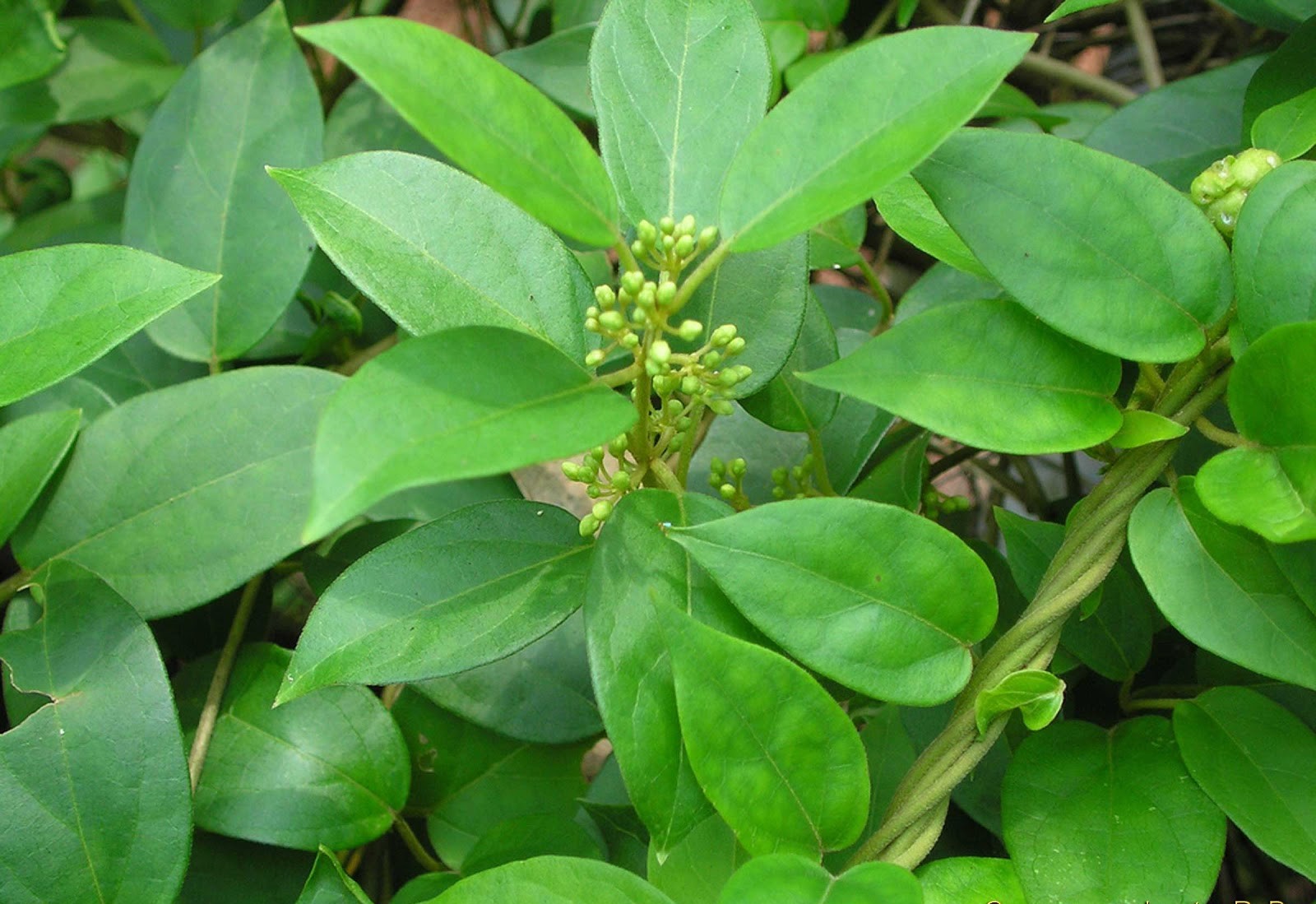
Gymnema sylvestre Extract
Gymnema sylvestre is a perennial woody vine native to tropical Asia, China, the Arabian Peninsula, Africa, and Australia. It has been used in Ayurvedic medicine. Common names include gymnema, Australian cowplant, and Periploca of the woods, and the Hindi term gurmar, which means “sugar destroyer”. Gymnema sylvestre is considered to have anti-diabetic properties. As a supplement, it has been used in combination with other diabetes medications to lower blood sugar. It’s also called gurmar, which is Hindi for “destroyer of sugar”.
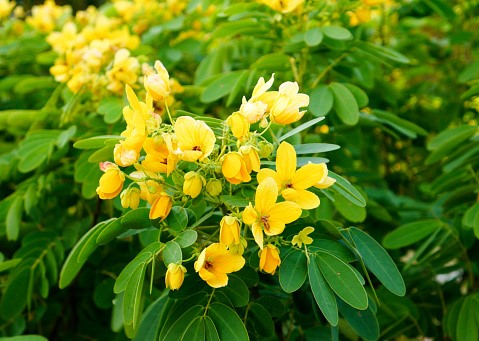
Senna Extract
Senna alexandrina is an ornamental plant in the genus Senna. It is used in herbalism. Senna alexandrina was used in the form of senna pods, or as herbal tea made from the leaves, as a laxative.It also serves as a fungicide. Senna plant is used as laxative in herbal science is scientifically known as senna alexandrina for centuries. However, the genus senna has more than 250 species under its fold and includes plants, shrubs and trees.
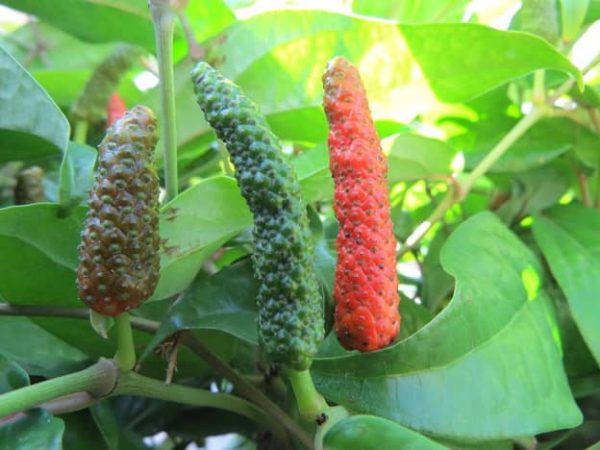
Piper Longum Extract
Piper longum linn is a tropical climbing shrub widely distributed throughout India. In Ayurveda, Piper longum is used in the management of respiratory tract diseases like cough, bronchitis, and cold, as counter-irritant and analgesic it is applied locally in muscular pain and inflammation and internally it is used as a carminative in conditions such as loss of appetite, sleeplessness and abstruction in liver and spleen, Sanskrit- Pippalika ; English-Long pepper; Hindi- Piparamula; Tamil- Kanda Tippili; Telgu- Modi, Madikatta – Kannada- Modikaddi, Hippali; Malayalam- Kattuthippaliver. Alkaloids (Piperine, Piperlongumine, Piperlonguminine etc), Essential Oils.
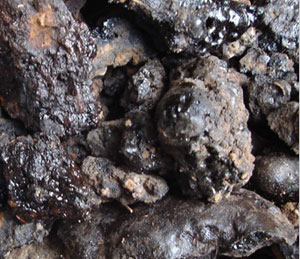
Shilajith Extract
Shilajit or mumijo is a blackish-brown powder or an exudate from high mountain rocks, often found in the Himalayas, Russia, and in the north of Chile, where it is called Andean Shilajit. Shilajit contains fulvic acid and more than 84 minerals, so it offers numerous health benefits. It can function as an antioxidant to improve your body’s immunity and memory, an anti-inflammatory, an energy booster, and a diuretic to remove excess fluid from your body.

Cinnamon Extract
Cinnamon is a spice obtained from the inner bark of several tree species from the genus Cinnamomum. Cinnamon is used mainly as an aromatic condiment and flavouring additive in a wide variety of cuisines, sweet and savoury dishes, breakfast cereals, snack foods, tea and traditional foods. The aroma and flavour of cinnamon derive from its essential oil and principal component, cinnamaldehyde, as well as numerous other constituents, including eugenol. Cinnamon bark (Cinnamomum verum), Modern herbalists prescribe cinnamon bark extract as a remedy for nausea, vomiting, diarrhea, and indigestion. The active ingredients of the bark have antibacterial, antiseptic, antiviral, antispasmodic, and antifungal properties.
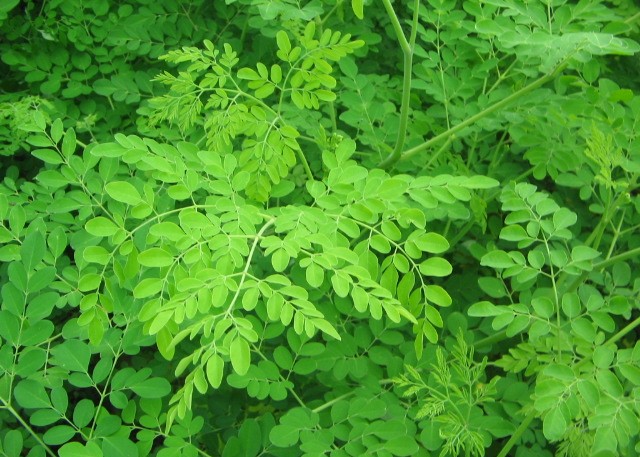
Moringa leaves Extract
Moringa oleifera is a fast-growing, drought-resistant tree of the family Moringaceae, native to tropical and subtropical regions of Asia. Common names include moringa, drumstick tree (from the long, slender, triangular seed-pods), horseradish tree (from the taste of the roots, which resembles horseradish), and bend oil tree or benzolive tree.Moringa also called Drumstick tree is a versatile tree useful not only for human beings but also for animals and also in various industrial applications. It has been used in the Ayurvedic. Moringa leaf extract may also be used as a food preservative. Moringa oleifera is rich in various antioxidants, including quercetin and chlorogenic acid. Moringa leaf powder can increase blood antioxidant levels.
Trikatu Extract
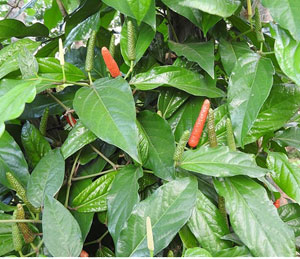
Piper longum
Piper longum linn is a tropical climbing shrub widely distributed throughout India. In Ayurveda, Piper longum is used in the management of respiratory tract diseases like cough, bronchitis, and cold, as counter-irritant and analgesic it is applied locally in muscular pain and inflammation and internally it is used as a carminative in conditions such as loss of appetite, sleeplessness and abstruction in liver and spleen.
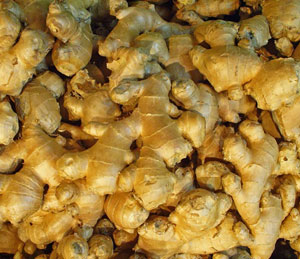
Zingiber officinale
Ginger (Zingiber officinale Roscoe), which belongs to the Zingiberaceae family and the Zingiber genus, has been commonly consumed as a spice and an herbal medicine for a long time. Ginger root is used to attenuate and treat several common diseases, such as headaches, colds, nausea, and emesis.
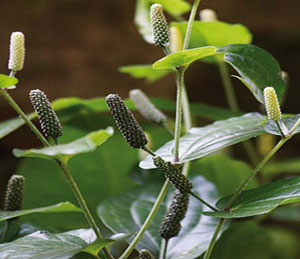
Piper nigrum
Piper nigrum is a tropical climbing shrub widely distributed throughout India. In Ayurveda, Piper nigrum is used in the management of respiratory tract diseases like cough, bronchitis, and cold, as counter-irritant and analgesic it is applied locally in muscular pain and inflammation and internally it is used as a carminative in conditions such as loss of appetite, sleeplessness and abstruction in liver and spleen.
Triphala Extract
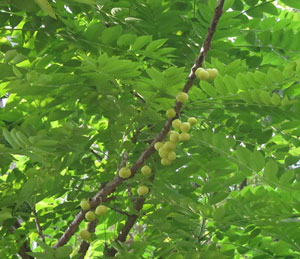
Emblica officinalis
Emblica officinalis also known as emblic, emblic myrobalan, myrobalan, Indian gooseberry, Malacca tree, or amla from Sanskrit amalaki is a deciduous tree of the family Phyllanthaceae. It has edible fruit, referred to by the same name.Emblica officinalis (Amla) is an ayurvedic herb which has all parts, including the fruits, used for preventative and therapeutic purposes. It appears to be most used for regulating glucose metabolism and cardiac health, and may also be neuroprotective
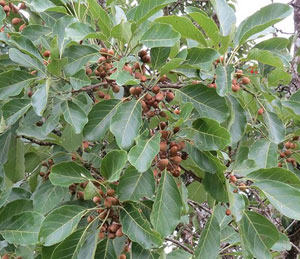
Terminalia bellirica
Terminalia bellerica Roxb (combretaceae) is found widely throughout the Indian subcontinent, Sri Lanka, South- East Asia, Bangladesh as a medicinal plant. Plant and plant parts are used in the traditional system of medicines like Ayurveda, Siddha, Unani & Chinese medicine. The plant is constituted of Glucoside, Tannins, Gallic acid, Ethyl Gallate, Chebulinic acid which serves as an antioxidant, antimicrobial, antidiarrheal, anticancer, antihypertensive, hepatoprotective& antipyretic agent.
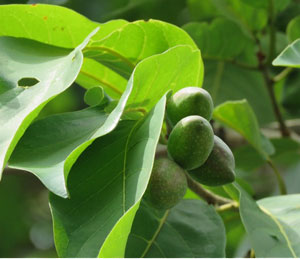
Terminalia chebula
Terminalia chebula (Family: Combretaceae), as a shade and ornamental tree with 250 species, is a medicinal plant that grows in the Middle East and tropical regions such as India, China, and Thailand. Terminalia chebula, commonly known as black- or chebulic myrobalan is a species of Terminalia. Terminalia chebula is the main ingredient in the Ayurvedic formulation Triphala which is used for kidney and liver dysfunctions. The dried fruit is also used in Ayurveda as a purported antitussive, cardiotonic, homeostatic, diuretic, and laxative.

